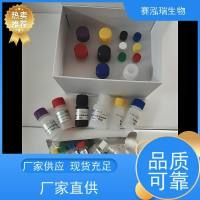Efficient Macromolecular Crystallization Using Microfluidics and Randomized Design of Screening Reagents
互联网
420
Microfluidic technologies enable a relatively new approach to macromolecular crystallization, but offer several significant advantages over more traditional techniques. Microfluidic devices provide significant savings in the amount of material required to complete a set of experiments, although recent innovations with vapor diffusion and microbatch methods have also greatly reduced their material requirements. When compared with these other methods, microfluidic approaches still consume 5–100� less material. In addition, comparisons in one set of experiments suggest that microfluidic free-interface diffusion may also offer substantially higher success rates than sitting drop vapor diffusion. Microfluidic methods also provide opportunities for experimental strategies involving testing multiple samples in parallel. When combined with randomized design of screening reagents, microfluidic devices provide a highly efficient method for sampling crystallization space. Commercial microfluidic crystal lization chips have been in circulation for a number of years now and stable protocols for their use, tips and tricks, and data on their success and failure are now available.









